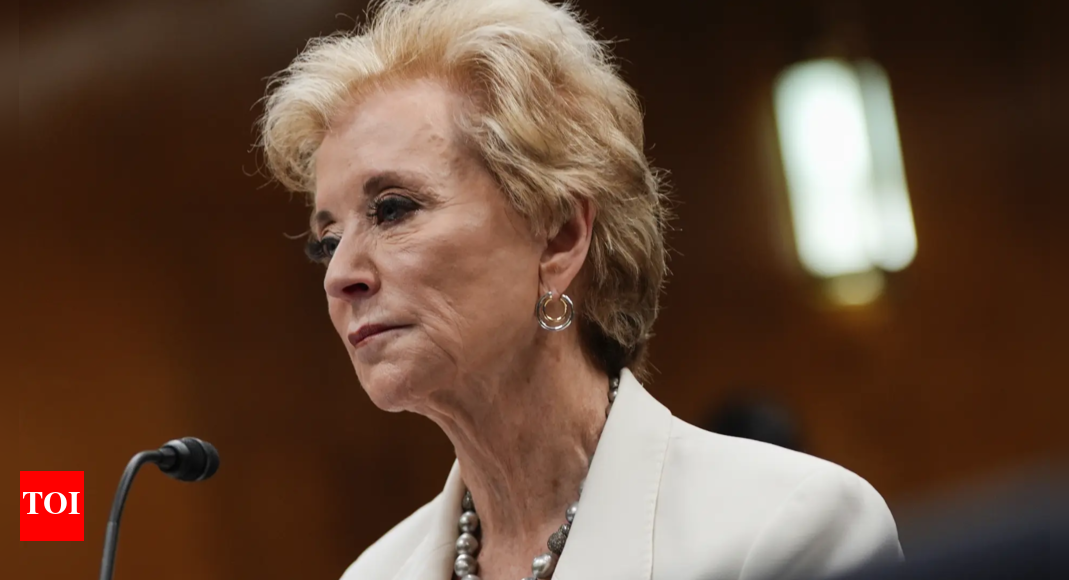Now Reading: Linda McMahon Visits Arkansas on 50-State Education Tour: Unveiling Local Plans for Students
-
01
Linda McMahon Visits Arkansas on 50-State Education Tour: Unveiling Local Plans for Students
Linda McMahon Visits Arkansas on 50-State Education Tour: Unveiling Local Plans for Students

Speedy Summary
- US Secretary of Education Linda McMahon visited Arkansas as part of her “Returning Education to the states” tour, promoting decentralized education policy.
- The tour emphasizes transferring decision-making from Washington, D.C., to individual states and fostering innovation in K-12 education.
- Key Arkansas educational initiatives highlighted during the visit include:
– Universal school choice, allowing families to redirect state funds to schools of their choice (public, private, or charter).
– Literacy benchmarks ensuring students read at grade level by the end of third grade.
– Increased teacher pay aimed at attracting and retaining educators.
– Expanded technical and career-oriented programs aligned with labor market needs.
- McMahon toured Don R. Roberts Elementary School in Little Rock and participated in discussions on literacy and teacher training efforts. She also visited saline County Career & Technical Campus for insights into career-readiness training for high school students while praising Arkansas’ progress in blending academic rigor with job-oriented curricula.
- Protests occurred outside one event as some critics argued universal school choice could divert resources from public schools.
- the “Returning Education to the States” initiative is part of a Republican-led push for parental choice, local control over education policies, and reduced federal oversight.
Indian Opinion Analysis
The “Returning Education to the States” initiative underscores ongoing global debates around balancing central oversight with localized control over public services like education. Drawing parallels for India’s policy landscape reveals potential lessons: India’s National Education Policy (NEP) similarly promotes skill advancement integrated into schooling systems but operates within a highly centralized structure where state autonomy remains restricted compared to U.S states’ models under this framework.
While decentralizing authority may enable innovation tailored to specific community needs-such as India’s diverse linguistic or socio-economic contexts-it risks widening disparities between regions unless complemented by strong safeguards ensuring equitable resource allocation across all districts or zones nationally.
India’s policymakers might observe how Arkansas aligns its literacy goals with measurable outcomes while linking curriculum reforms directly with workforce demands-a dual focus NEP pursues but often struggles scaling uniformly without regional ownership frameworks akin policymakers may pick gradual phased adjustments approach worthy usage tracking!

























